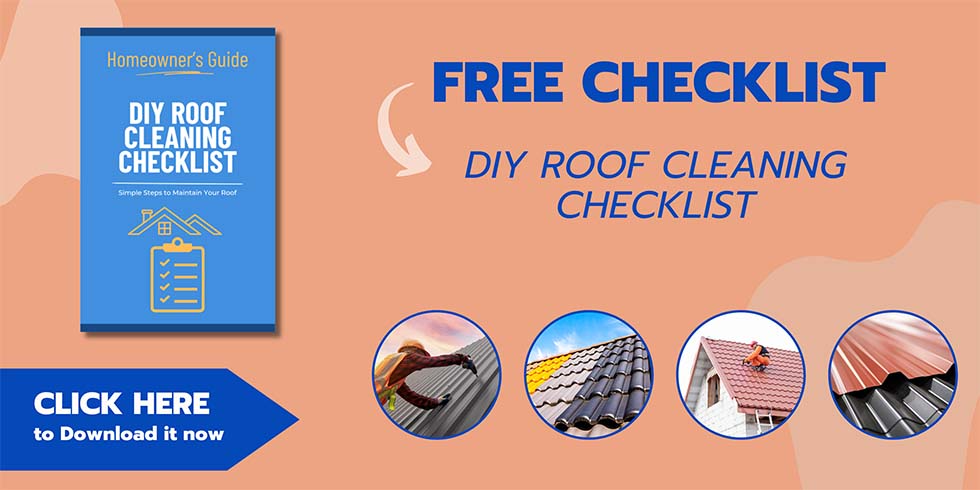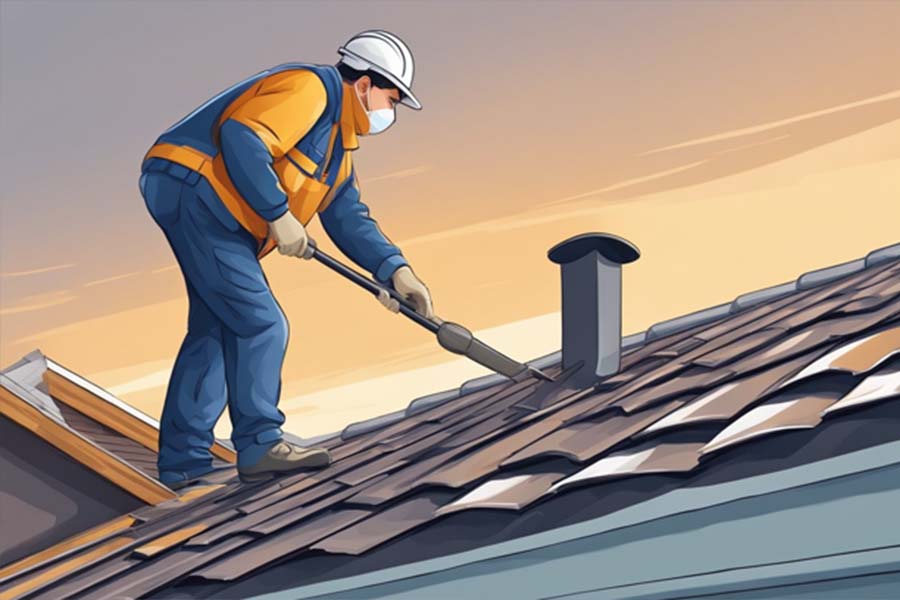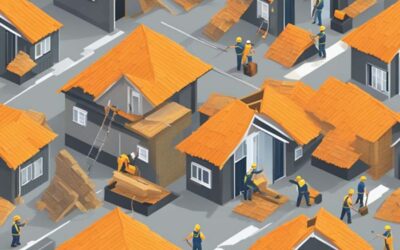Regular roof inspections are an essential part of maintaining the health and longevity of any building. A roof is the first line of defense against the elements, and it can take a beating over time. Professional inspections can help identify potential issues before they become major problems, saving building owners time and money in the long run.
During a professional roof inspection, a trained inspector will thoroughly examine the roof and identify any signs of wear and tear, damage, or other issues that may be affecting its performance. This can include everything from missing or damaged shingles to leaks, cracks, or other structural problems. By catching these issues early on, building owners can take steps to address them before they become more serious and costly to repair.
Importance of Regular Roof Inspections
Regular roof inspections are essential to ensure the longevity and durability of a roof. A well-maintained roof can protect a building from various weather conditions such as rain, wind, snow, and extreme heat. Here are some reasons why regular roof inspections are necessary:
1. Detecting Issues Early
Regular roof inspections can help detect potential issues early before they turn into major problems. This can save building owners a lot of time and money in the long run. For example, if a small crack is detected during an inspection, it can be fixed before it becomes a major leak.
2. Extending the Lifespan of the Roof
Regular roof inspections can help extend the lifespan of a roof. By identifying and fixing issues early, the roof can perform at its best for a more extended period. This can save building owners the cost of replacing the entire roof prematurely.
3. Ensuring Safety
A well-maintained roof is essential for the safety of the building’s occupants. Regular inspections can ensure that the roof is structurally sound and can withstand any weather conditions. This can prevent accidents and injuries caused by a damaged roof.
4. Compliance with Building Codes
Regular roof inspections can help building owners comply with building codes and regulations. This can prevent fines and legal issues that can arise from non-compliance.
In conclusion, regular roof inspections are necessary to maintain the health of a roof and ensure the safety of the building’s occupants. Building owners should schedule regular roof inspections with a professional roofing contractor to identify and fix any issues early.
Detecting Common Roof Issues Early
Weather Damage
One of the most common issues that can damage a roof is weather. Heavy rain, hail, snow, and strong winds can all take a toll on a roof. Over time, this can lead to leaks, missing shingles, or even structural damage. Inspectors can detect weather damage early on by looking for signs of water damage, such as stains or discoloration on the ceiling or walls. They can also check for missing or damaged shingles, as well as any cracks or holes in the roof.
Wear and Tear
Roofs are constantly exposed to the elements, which means they are subject to wear and tear over time. This can include everything from fading and discoloration to cracking and splitting. Inspectors can detect wear and tear early on by looking for signs of aging, such as cracked or missing shingles, or a sagging roofline. They can also check for signs of mold or mildew, which can indicate water damage.
Structural Problems
Structural problems can be some of the most serious issues that a roof can face. These can include everything from sagging or collapsing roofs to cracks in the foundation. Inspectors can detect structural problems early on by looking for signs of stress, such as cracks in the walls or ceiling. They can also check for signs of moisture damage, which can weaken the structural integrity of the roof.
Overall, detecting common roof issues early is essential to maintaining the health and longevity of a roof. By catching problems early on, homeowners can save money on costly repairs and replacements down the line. Professional inspections are a crucial part of this process, as they can help identify issues that may go unnoticed by the untrained eye.
Professional Inspection vs. DIY
When it comes to maintaining the health of your roof, you have two options: professional inspections or DIY inspections. While DIY inspections may seem like a cost-effective solution, they are not always the best option. Here are some key differences between professional inspections and DIY inspections.
Expertise and Experience
Professional inspectors have the expertise and experience needed to conduct a thorough assessment of your roof. They know what to look for and can identify potential problems before they become major issues. In contrast, DIY inspections may miss important signs of damage or wear and tear, leading to costly repairs down the line.
Safety Concerns
Roof inspections can be dangerous, especially for those who are not trained in proper safety procedures. Professional inspectors have the necessary training and equipment to safely inspect your roof, while DIY inspections can put you at risk for falls and other accidents.
Comprehensive Assessment
Professional inspections provide a comprehensive assessment of your roof’s health, including areas that may be difficult to access or see. They use specialized tools and techniques to identify potential problems and provide recommendations for repairs or maintenance. DIY inspections, on the other hand, may only provide a surface-level assessment and miss underlying issues.
In conclusion, while DIY inspections may seem like a cost-effective solution, they can lead to costly repairs down the line. Professional inspections provide the expertise, experience, safety, and comprehensive assessment needed to maintain the health of your roof.
The Process of Professional Roof Inspection
Initial Assessment
The first step in a professional roof inspection is an initial assessment. This involves a visual inspection of the roof from the ground and a review of the property’s history. The inspector will look for signs of damage, such as missing or cracked shingles, and assess the overall condition of the roof. They will also review any previous maintenance or repairs that have been done on the roof.
In-Depth Analysis
If the initial assessment reveals any potential issues, the inspector will conduct an in-depth analysis of the roof. This may involve climbing onto the roof to get a closer look at the condition of the shingles, flashing, and other components. The inspector may also use specialized equipment, such as infrared cameras, to detect any hidden damage or moisture.
During the in-depth analysis, the inspector will look for signs of wear and tear, damage from weather events, and other issues that could compromise the integrity of the roof. They will also assess the ventilation and insulation of the roof to ensure that it is functioning properly.
Reporting and Recommendations
After the inspection is complete, the inspector will provide a detailed report of their findings and recommendations for any necessary repairs or maintenance. This report will include a summary of the overall condition of the roof, as well as a list of any issues that were identified during the inspection.
The inspector will also provide recommendations for how to address any issues that were identified. This may include repairs, maintenance, or replacement of the roof. The report will also include an estimate of the cost of any recommended repairs or maintenance.
Overall, a professional roof inspection is a critical step in maintaining the health of your roof. By identifying potential issues early on, you can avoid costly repairs down the line and ensure that your roof is functioning properly.
Long-Term Benefits of Professional Inspections
Preventative Maintenance
Regular professional inspections of a roof can help identify potential issues before they become major problems. Inspectors can spot signs of wear and tear, damage, or other issues that may not be immediately apparent to the untrained eye. By catching these issues early, preventative maintenance can be performed to prevent further damage and prolong the life of the roof.
Cost Savings
Professional inspections can also save property owners money in the long run. By identifying issues early, repairs can be made before they turn into major problems that require costly repairs or even replacement of the entire roof. Additionally, preventative maintenance can help extend the life of the roof, saving property owners money on replacement costs.
Enhanced Longevity
Regular professional inspections and preventative maintenance can help extend the life of a roof. By identifying and addressing issues early, the roof can be kept in good condition for many years, avoiding the need for premature replacement. This can save property owners money and provide peace of mind knowing that their roof is in good condition.
Overall, professional inspections are a necessary part of maintaining the health of a roof. By providing preventative maintenance, cost savings, and enhanced longevity, property owners can ensure that their roof is in good condition for many years to come.





0 Comments